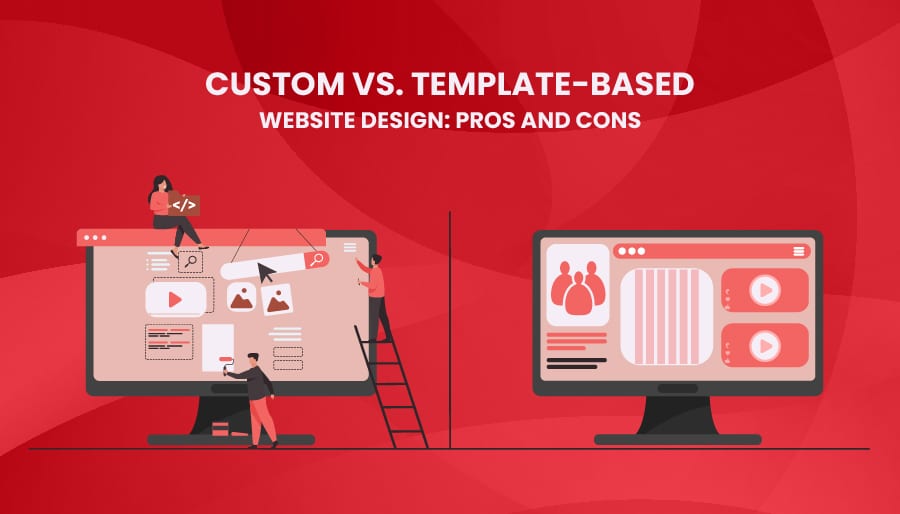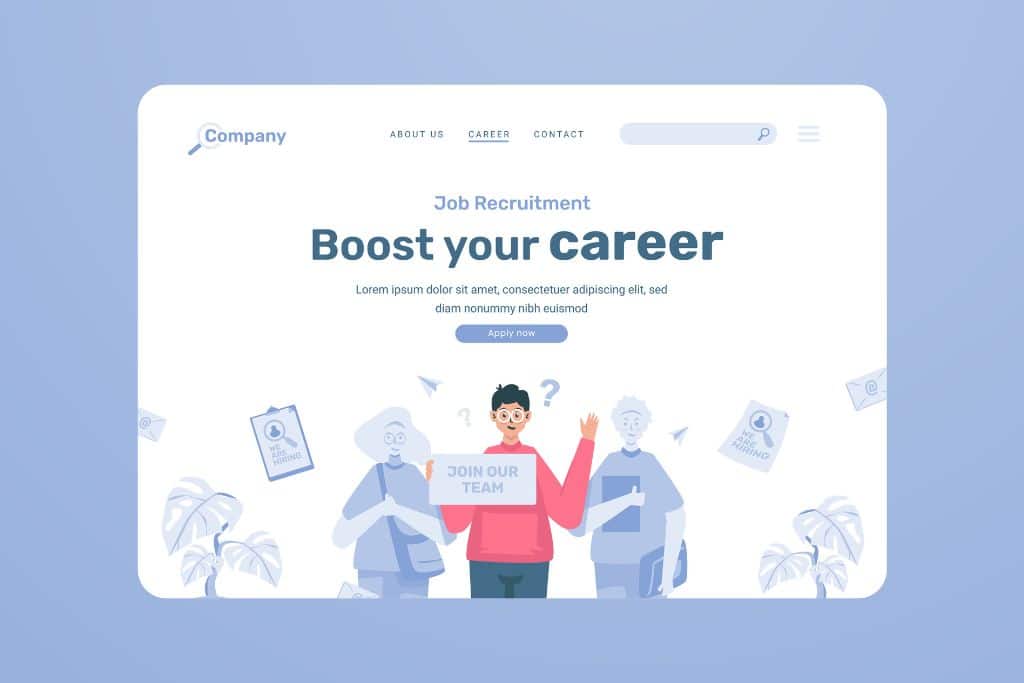How Good Web Design Impacts Revenue: A Step-by-Step Guide to Driving Business Growth
In today’s digital-first world, your website is often the first—and sometimes only—interaction a potential customer has with your business. Whether you’re a small local service provider or a global eCommerce brand, your website serves as your virtual storefront. But beyond aesthetics, how much does good web design really impact your revenue?
The short answer: a lot.
Great web design doesn’t just create a positive first impression; it builds trust, guides user behavior, improves search rankings, and ultimately drives conversions. In this post, we’ll break down the direct connection between effective web design and increased revenue, show you exactly what elements make the most difference, and answer some frequently asked questions.
Why Web Design Matters More Than Ever
With more than 90% of consumers researching products and services online before making a decision, your website’s design is often your first chance to win (or lose) a customer. A well-designed site:
-
Builds credibility and trust instantly
-
Enhances user experience (UX)
-
Guides visitors toward conversion actions
-
Reduces bounce rates
-
Supports your SEO strategy
Even small improvements in layout, speed, and usability can lead to significant gains in customer engagement—and ultimately, revenue.
Step-by-Step: How Good Web Design Boosts Revenue
1. First Impressions Influence Buying Decisions
When visitors land on your website, you have about 3–5 seconds to make a good first impression. A professional design with clean visuals, cohesive branding, and intuitive navigation tells users that your business is trustworthy and legitimate.
Poor design, on the other hand, can drive people away—regardless of the quality of your product or service. A site that looks outdated, loads slowly, or feels cluttered sends a message that your business may not be reliable.
Revenue Tip: A polished homepage design can increase customer trust and drive more clicks to your key offers.
2. User Experience (UX) Encourages Conversions
Good design isn’t just about how things look—it’s about how they function. UX design focuses on creating a seamless journey from landing page to checkout or contact form.
Key UX elements that impact revenue:
-
Easy navigation: Clear menus and logical page hierarchy make it easier for users to find what they need.
-
Fast load times: Sites that load in under 2 seconds perform significantly better.
-
Mobile responsiveness: Over 60% of traffic now comes from mobile—your site must look and function perfectly on all devices.
-
Clear CTAs: Buttons like “Book Now” or “Get a Quote” should stand out and be strategically placed.
Revenue Tip: Streamlining your user journey can significantly reduce drop-offs and increase conversion rates.
3. SEO-Friendly Design Brings More Organic Traffic
Search engine optimization and web design are deeply connected. Google’s ranking algorithm factors in user experience, site speed, mobile-friendliness, and more—all design-driven elements.
A good website design includes:
-
Proper heading structure (H1, H2, etc.)
-
Clean code and schema markup
-
Image optimization (compressed without losing quality)
-
Internal linking for easy navigation
-
Fast, secure hosting and SSL certificates
Revenue Tip: The more optimized your site is for SEO, the more organic traffic you’ll get—and more traffic often means more revenue opportunities.

4. Trust Elements Increase Conversions
A good design uses subtle but effective trust signals that help reassure potential customers that your business is credible.
These include:
-
Testimonials and reviews
-
Certifications and badges
-
High-quality visuals (team photos, product images)
-
Consistent branding
-
Secure payment gateways
Revenue Tip: Adding these visual trust indicators can reduce customer hesitation and increase sales or inquiry submissions.
5. Optimized Layouts Reduce Abandonment
Whether it’s an eCommerce cart or a service quote form, a poorly designed layout can frustrate users and lead to abandonment.
Good design reduces friction by:
-
Simplifying forms (only ask for necessary info)
-
Creating distraction-free checkout processes
-
Displaying progress indicators for multi-step actions
-
Using smart autofill or suggestions
Revenue Tip: Even minor design changes in forms and checkout pages can improve completion rates and directly impact your revenue.
6. Consistency Builds Brand Recognition
Your website should be a visual reflection of your brand. Consistent use of colors, typography, and voice across all pages not only looks professional but reinforces brand identity.
Brand recognition leads to:
-
Better customer recall
-
Higher trust levels
-
More repeat visitors
Revenue Tip: A consistent and memorable brand experience increases customer loyalty—and loyal customers are far more profitable over time.

FAQs About Web Design and Revenue
Q1: How much should I invest in web design to see real returns?
It depends on your industry, goals, and current performance. However, many businesses see significant returns even with modest design upgrades. Investing in a well-designed, functional website can pay for itself quickly through increased leads or sales.
Q2: Can a small business benefit from professional web design?
Absolutely. Small businesses often compete with larger ones online. A well-designed website levels the playing field by helping you appear more professional and trustworthy, which leads to more inquiries and sales.
Q3: What’s more important—design or content?
They go hand in hand. Great content helps you rank and convert, but without effective design to present that content, visitors may never engage with it. Think of design as the packaging that gets people to read your message.
Q4: How do I know if my web design is hurting my revenue?
If you’re experiencing high bounce rates, low time-on-site, or poor conversion rates, design could be a factor. Consider running usability tests, heatmaps, or A/B tests to see how users interact with your site.
Q5: Should I hire a professional or use a DIY website builder?
DIY platforms are fine for basic sites, but if you’re serious about revenue growth, a custom website tailored to your audience and goals is the better investment. A professional designer will focus on strategy, UX, SEO, and conversion optimization.
Final Thoughts
Your website isn’t just a digital brochure—it’s a 24/7 salesperson working to grow your business. Great design builds trust, improves usability, enhances your SEO, and makes it easier for users to take action.
If your current website isn’t delivering the results you want, it might be time to rethink the design. Investing in a well-structured, visually appealing, and user-friendly site isn’t just a “nice-to-have”—it’s a direct contributor to your bottom line.
Want to talk more about improving your site’s performance? Whether you’re in retail, health, real estate, or any other industry, the principles of good web design can be customized to meet your goals and boost your revenue.
Let your website work for you—not against you.





